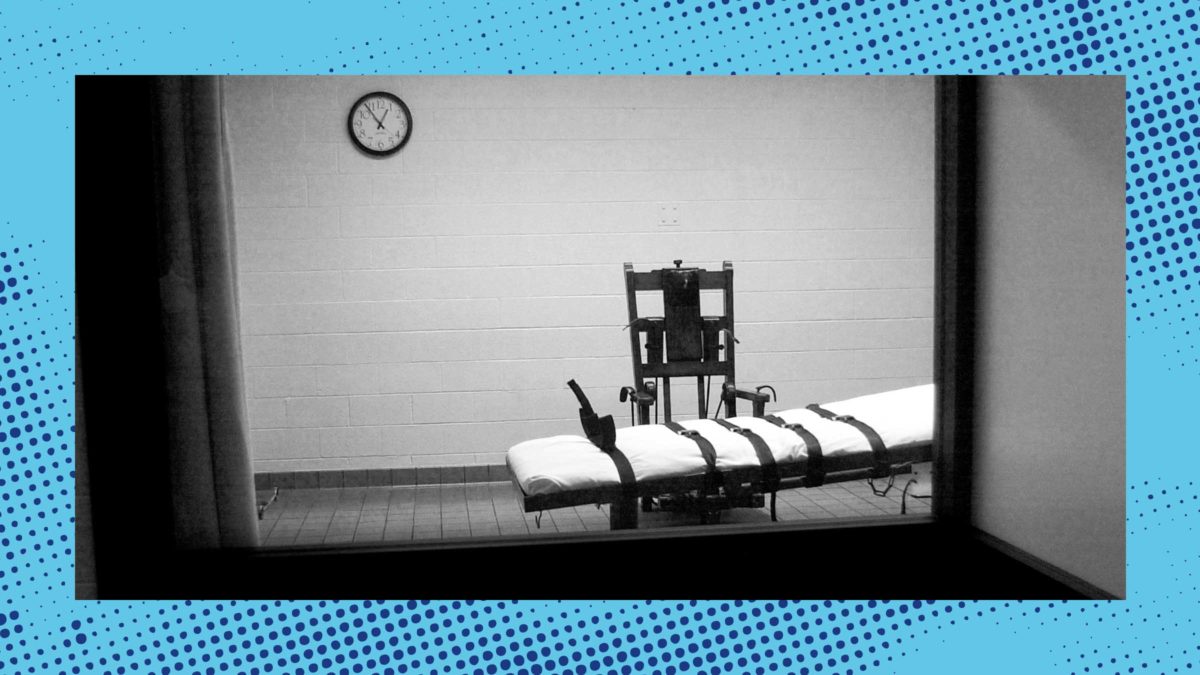On Wednesday, the U.S. Supreme Court issued a two-sentence denial of Clarence Dixon’s request for an emergency stay of execution. Forty-five minutes later, Arizona state prison officials injected Dixon, 66, with a lethal compound of pentobarbital. He was pronounced dead at 10:30 AM.
Arizona executed Dixon despite his lifelong history with serious mental illness, including multiple diagnoses of paranoid schizophrenia. Existing Supreme Court precedent is supposed to prohibit the death penalty for people who cannot “rationally understand” why the state is seeking to execute them. Yet Arizona has a long history of flouting the Court’s death penalty jurisprudence—actions that the justices have largely left unchecked.
In 2008, a jury convicted Dixon for the 1978 killing of 21-year-old college student Deana Bowdoin. At the time, Dixon was already incarcerated for a prior assault conviction; DNA testing linked him to Bowdoin’s murder three decades earlier. Although Dixon’s history of mental illness was well-known to the state, the judge in his death penalty case, astoundingly, allowed him to fire his court-appointed public defender and represent himself at trial. According to Dixon’s current lawyers, he did so because he believed that the DNA evidence admitted against him could not be used in court, because the police officers who arrested him were not real police officers.
As a result, the jury didn’t hear that two days prior to Bowdoin’s murder, Dixon, also a college student, had been on trial for assault in Arizona. Then-Arizona state court judge Sandra Day O’Connor had found Dixon not guilty by reason of insanity and ordered the district attorney to civilly commit him. Nor did they hear that the prosecutor instead released Dixon without supervision or medical care. He killed Bowdoin two days later.
Jurors did not hear about Dixon’s frequent auditory and visual hallucinations, permanent brain damage, and history of depression and suicidal ideation that began at a young age. They also didn’t hear about the severe physical and emotional abuse he endured as a child, growing up with six siblings in a home on Navajo Nation reservation where dog food was sometimes all he had to eat. Instead, they heard from Dixon, rambling and alone at counsel’s table, about how the true reason for his charges was a sprawling government conspiracy against him. The jury sentenced him to death.
Dixon was executed despite a line of Supreme Court cases holding that executing an insane person violates the Eighth Amendment. Part of the Court’s reasoning for why capital punishment is “cruel and unusual” here is that the person being executed has no real understanding of their sentence. “It is no less abhorrent today than it has been for centuries to exact in penance the life of one whose mental illness prevents him from comprehending the reasons for the penalty or its implications,” wrote Justice Thurgood Marshall in the 1986 case Ford v. Wainwright.
Every fact of this case demonstrates that Dixon, to the very end, did not understand the reason the state sought to kill him. Per NBC News, Dixon reiterated his innocence before his execution, and addressed his victim with his final words: “Maybe I’ll see you on the other side, Deana. I don’t know you and I don’t remember you.”
A broken legal system, an unraveling social safety net, and the recklessness of multiple state officials contributed to Deana Bowdoin’s tragic death. Only Clarence Dixon was held accountable for it.

